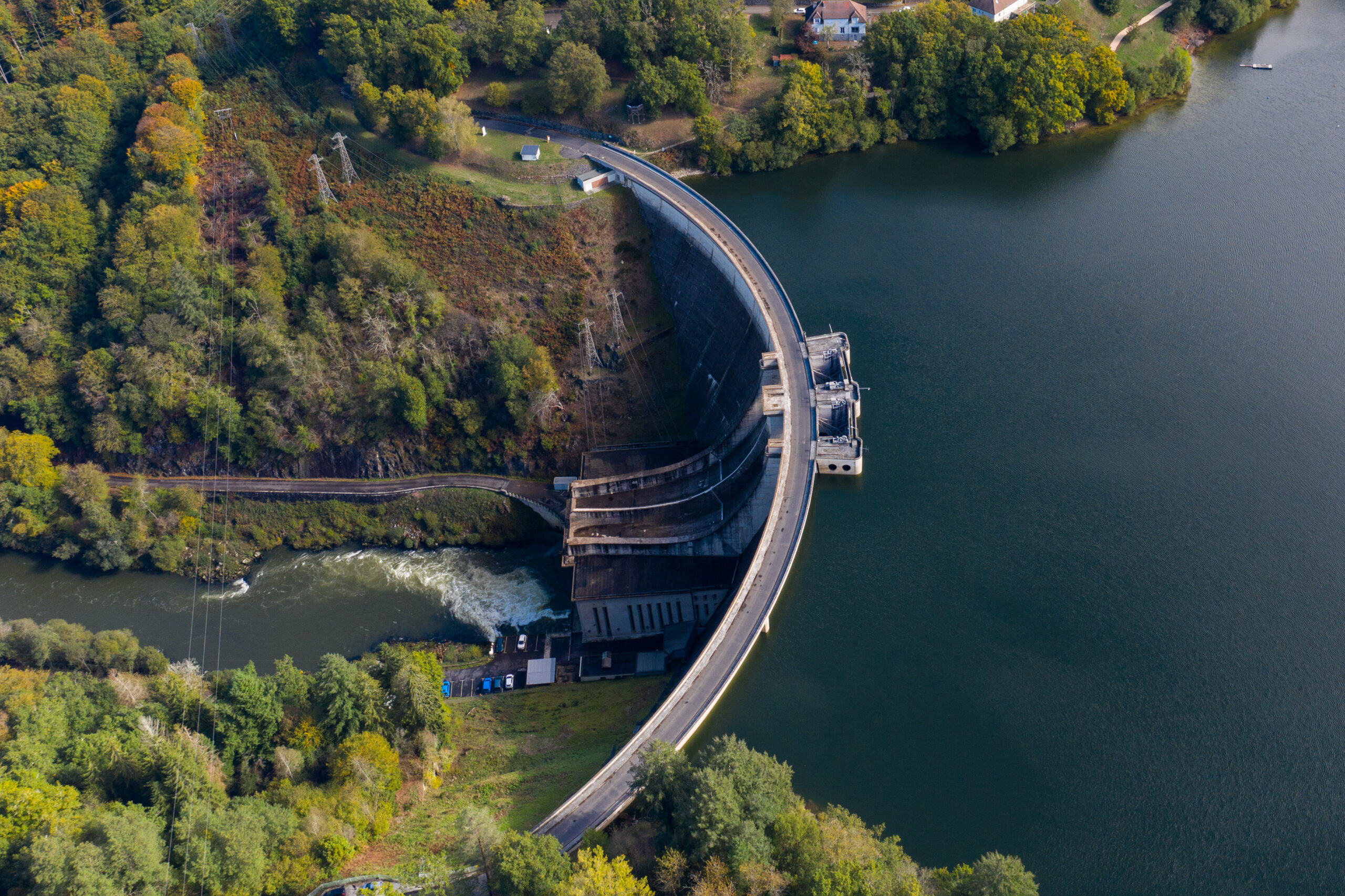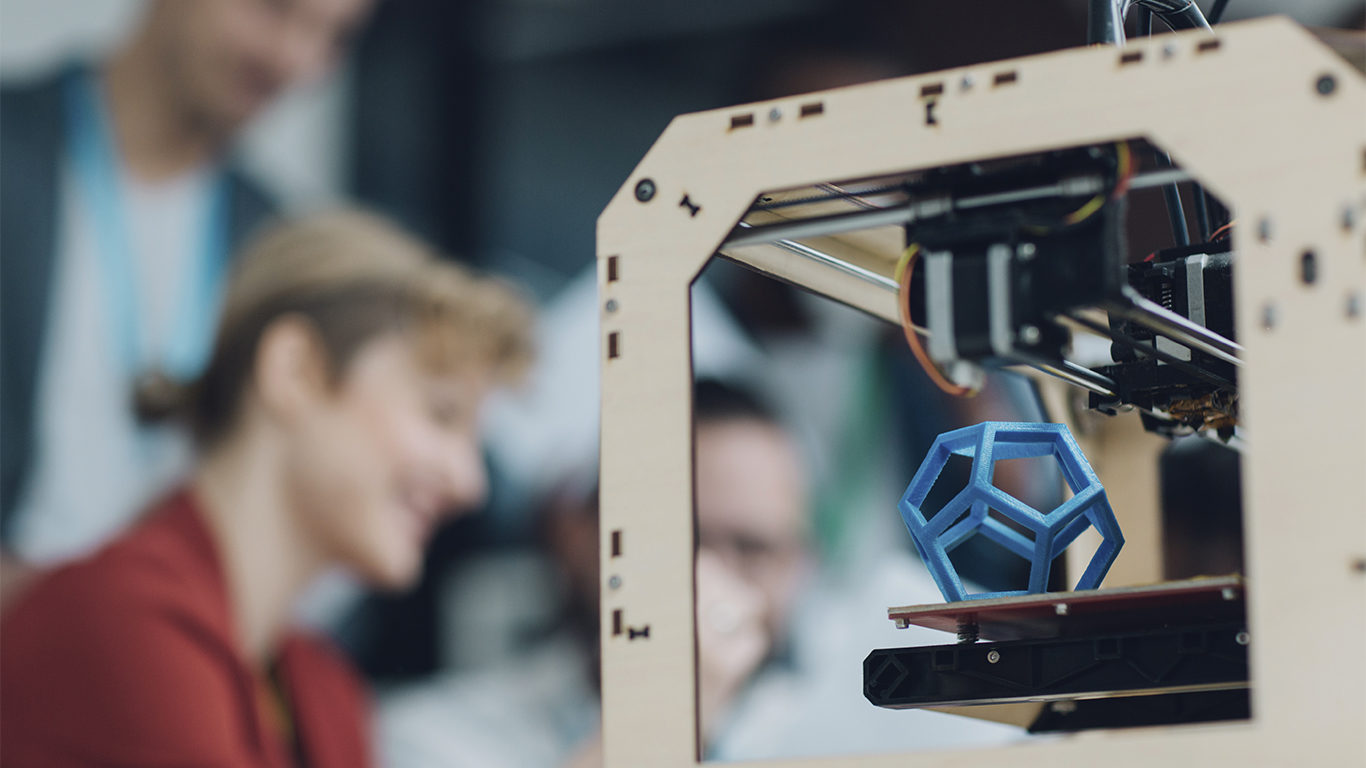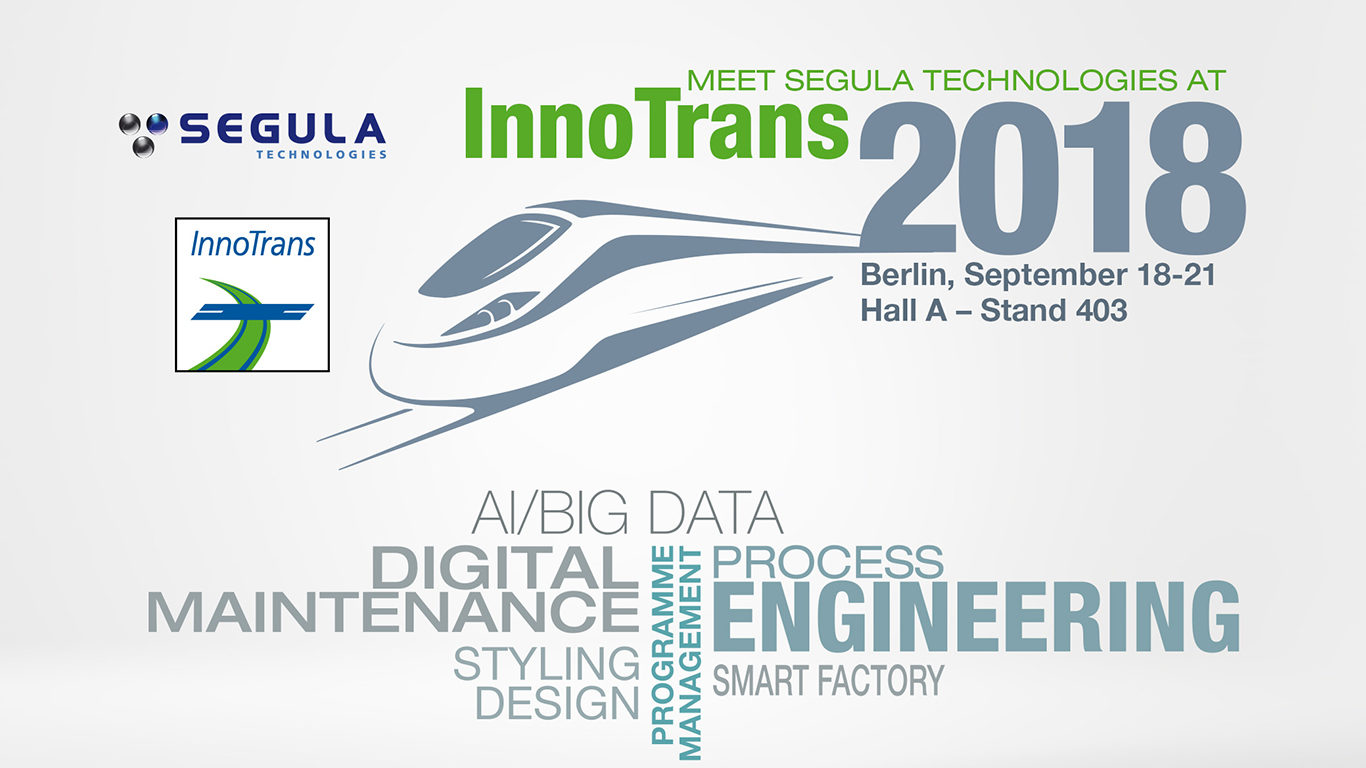“Our modelling tools help to optimise the management of water resources”.
Water shortages are already numerous, and could become even more acute over the next few decades as a result of climate change and human activity. Faced with this threat, SEGULA Technologies is developing 3D modelling tools to help prevent fluctuations in the quantity and quality of aquatic environments.
Explanations from Florian Poutot, Business Leader and Environmental Engineer at SEGULA Technologies
How would you describe SEGULA Technologies’ expertise in the water sector?
We are a small team with unique expertise, focusing primarily on modelling water
resources.
Our approach is based on the use of data such as meteorological information, water flows and river temperature to develop 3D models of aquatic ecosystems.
These models incorporate algorithms as well as knowledge of physical chemistry and biology.
By anticipating future changes in aquatic environments and taking into account the expected impacts of climate change, our tools enable us to make informed decisions about water management.
These models act as digital twins of observed natural ecosystems, such as lakes and rivers.
They offer the possibility of correcting a major shortcoming of traditional impact studies on hydraulic projects: not taking sufficient account of climate change in their conclusions.
In the longer term, our team is working on incorporating water evaporation modelling,
which is currently in the research and development phase.
Who are these aquatic modelling solutions aimed at?
These tools are already being used in a wide range of applications. Our customers come from both the public and private sectors.
For example, as part of a hydroelectric dam project supported by the Cameroonian
government, modelling was used to determine whether flooding an entire valley and its vegetation was a better option in terms of carbon footprint, rather than deforesting the valley before impounding the water.
This is because the degradation of plant matter in water emits methane. On the same site, this technology has also enabled estimates to be made of greenhouse gas production in the first few years of the dam’s operation.
In France, as part of the ATARA programme, we are automating the modelling of water bodies. This is a particularly crucial issue in mountainous areas where precise water management is essential.
We are working on this programme in collaboration with teams from the Office Français de la Biodiversité and INRAE.
In Spain, our modelling tools are helping to improve the efficiency of water use in rice growing. In a completely different field, we are also deploying our models for EDF.
To operate, nuclear power stations need to be cooled by water, generally from rivers. Our tools are used to adapt nuclear energy production to high temperatures.
These examples demonstrate the vital importance of modelling for sustainable water management.
Why are these solutions set to become so widespread?
According to the United Nations, between two and three billion people worldwide suffer from water shortages every year.
Water is an essential element for all aspects of life, and it is imperative that businesses and institutions play a key role in preserving this vital resource.
Their responsibility is not only to reduce their own water consumption, but also to
monitor and manage the impact of their activities on water resources.
Climate change affects not only the quantity of water available, but also its quality and the ecosystems it nourishes.
In France, for example, higher temperatures in rivers mean lower dissolved oxygen levels in the water, which has an impact on fish populations.
In this context, modelling tools are of crucial importance in anticipating these changes in aquatic ecosystems.
It is highly likely that modelling tools will play a key role in our collective quest for
more sustainable and equitable water management in the future.







 FOR A BETTER EXPERIENCE
FOR A BETTER EXPERIENCE